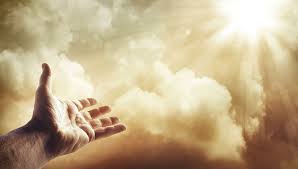Act One – Brahma, the Creator
While God is beyond human understanding or perception, Hindu scriptures have conceptualized the force that gave rise to our universe. When God sleeps the universe disappears and when He wakes, it appears.
Brahma is Act One of on the drama that creates the universe. Lord Brahma, the Creator, lights the spark of existence at His pleasure.
See On Hinduism by Irina Gajjar


















